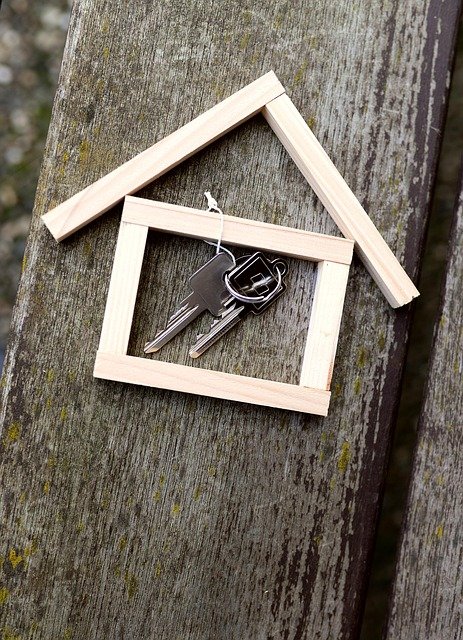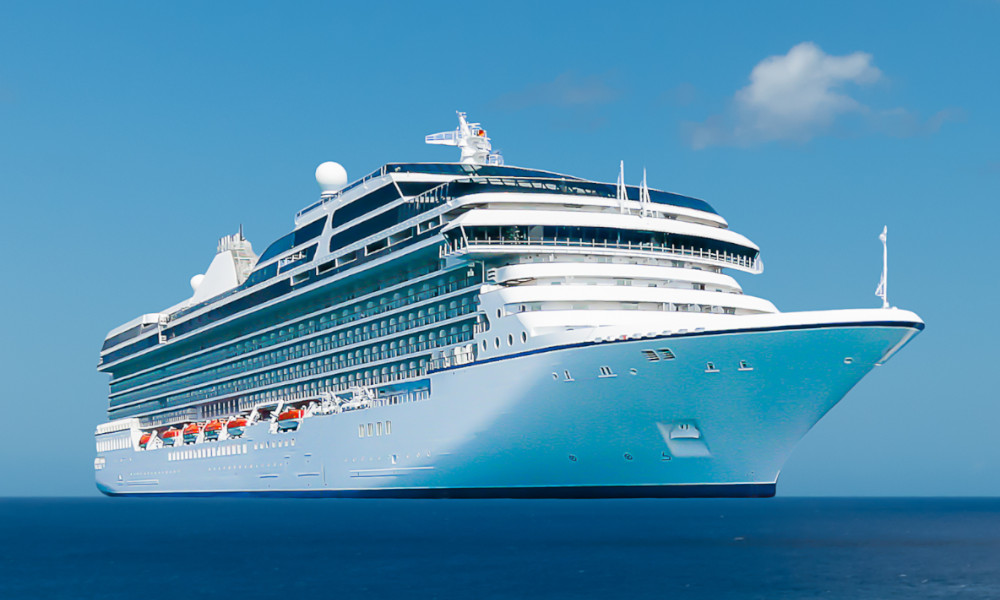Making the Right Choice: Front Entry Doors for Your Home
Front entry doors are more than just portals to your home—they're a critical design element that affects security, energy efficiency, curb appeal, and your property's overall value. Selecting the perfect entry door involves understanding various materials, styles, and configurations that match both your aesthetic preferences and practical needs. This comprehensive guide explores the essential factors to consider when choosing front entry doors, helping you make an informed decision that enhances both the beauty and functionality of your home's entrance.

What Materials Are Best for Front Entry Doors?
The material of your front door significantly impacts its durability, maintenance requirements, and visual appeal. Wood doors offer timeless beauty with their warm, natural appearance and potential for customization through carving, staining, or painting. However, they require regular maintenance to prevent warping and rotting, especially in harsh climates. Fiberglass doors provide excellent insulation and can mimic the appearance of wood without the maintenance demands. They resist denting and scratching while offering superior energy efficiency. Steel doors excel in security and durability, standing up to extreme weather conditions while requiring minimal upkeep. For homes prioritizing natural light, glass doors or doors with significant glass elements create an airy entrance but may offer less insulation than solid options. Each material offers distinct advantages depending on your climate, security needs, and aesthetic preferences.
How Do Different Front Door Styles Impact Your Home’s Appearance?
The style of your front entry door can dramatically influence your home’s architectural character. Traditional panel doors feature raised or recessed panels in various configurations, complementing colonial, craftsman, or traditional home styles. Craftsman-style doors typically include a shelf-like detail and small windows at the top, perfect for bungalows and arts-and-crafts homes. Modern doors are characterized by clean lines, minimal ornamentation, and often incorporate metal and glass elements, ideal for contemporary or mid-century modern homes. Rustic doors with their weathered wood appearance and wrought iron accents enhance the charm of farmhouse, Spanish, or Mediterranean-style homes. When selecting a style, consider your home’s existing architectural elements to ensure visual harmony while still expressing your personal taste through decorative glass inserts, sidelights, or unique hardware.
What Security Features Should You Consider for Front Entry Doors?
Security remains a paramount concern when selecting a front entry door. Multi-point locking systems engage the door at several points along the frame, providing superior protection against forced entry compared to traditional single-point locks. Reinforced strike plates with longer screws penetrate the door frame and wall studs, significantly increasing resistance to kick-ins. Door construction also matters—solid core doors offer substantially more protection than hollow core alternatives, which should never be used for exterior entrances. If your door includes glass elements, consider impact-resistant glass or decorative wrought iron overlays that provide both security and aesthetics. Smart lock systems offer additional convenience and security through features like keyless entry, temporary access codes for visitors, and remote monitoring capabilities. Remember that the strongest door is only as secure as its frame, so invest in quality installation that reinforces the entire door system.
How Do Single and Double Front Entry Doors Differ?
The choice between single and double front entry doors impacts both functionality and aesthetics of your home’s entrance. Single doors, typically ranging from 30 to 36 inches wide, provide a traditional, space-efficient entrance suitable for most homes. They offer excellent energy efficiency with fewer gaps where air can escape and are generally more affordable to purchase and install. Double doors, consisting of two door panels that meet in the middle, create a grand, dramatic entrance ranging from 60 to 72 inches in total width. They allow for easier movement of large furniture, provide an expansive view when both doors are open, and make a strong architectural statement that enhances curb appeal. However, double doors typically require more maintenance to ensure proper alignment and sealing, may have higher energy loss through the meeting stiles, and generally come with a higher price tag for both the doors and installation.
What Energy Efficiency Factors Matter for Front Entry Doors?
Energy efficiency has become increasingly important in door selection as homeowners seek to reduce utility costs while improving comfort. Weather stripping quality directly impacts how well your door seals against the elements—look for durable, compression-resistant materials that maintain their shape over time. The door’s core material affects its insulation value, with fiberglass and steel doors filled with polyurethane foam offering superior thermal resistance compared to wood or hollow cores. For doors with glass elements, consider Low-E (low emissivity) glass that reflects infrared heat while allowing visible light to pass through, and choose double or triple glazing with argon gas fills to minimize heat transfer. The door’s bottom sweep and threshold design are critical for preventing drafts and water infiltration. For optimal performance, look for doors with ENERGY STAR certification, which indicates they meet strict energy efficiency guidelines set by the U.S. Environmental Protection Agency.
What Should You Know About Installation and Cost Considerations?
Professional installation is crucial for front entry doors, as improper installation can compromise security, energy efficiency, and operation. The installation process involves removing the existing door and frame, preparing the rough opening, setting the new frame, hanging the door, installing hardware, and sealing all gaps. While DIY installation might seem cost-effective, professional installers bring specialized tools and expertise that ensure proper fit and function.
| Door Type | Material | Average Cost Range (Door Only) | Average Installation Cost | Total Cost Estimation |
|---|---|---|---|---|
| Single Entry Door | Fiberglass | $150-$600 | $300-$800 | $450-$1,400 |
| Single Entry Door | Steel | $150-$400 | $300-$800 | $450-$1,200 |
| Single Entry Door | Wood | $500-$2,000 | $300-$800 | $800-$2,800 |
| Double Entry Doors | Fiberglass | $1,000-$4,000 | $500-$1,000 | $1,500-$5,000 |
| Double Entry Doors | Steel | $800-$3,000 | $500-$1,000 | $1,300-$4,000 |
| Double Entry Doors | Wood | $2,000-$5,000+ | $500-$1,000 | $2,500-$6,000+ |
Prices, rates, or cost estimates mentioned in this article are based on the latest available information but may change over time. Independent research is advised before making financial decisions.
When budgeting for a new front entry door, consider not just the door itself but also hardware, glass features, and professional installation. Premium features like decorative glass, custom finishes, and smart lock systems will increase costs but may provide better long-term value. Remember that while higher-quality doors typically come with higher price tags, they often offer better durability, energy efficiency, and security that can provide significant returns on investment through energy savings and enhanced property value.
Selecting the perfect front entry door involves balancing aesthetics, functionality, security, and energy efficiency within your budget. By understanding the various materials, styles, and configurations available, you can make an informed choice that welcomes guests with style while providing protection and comfort for years to come.




